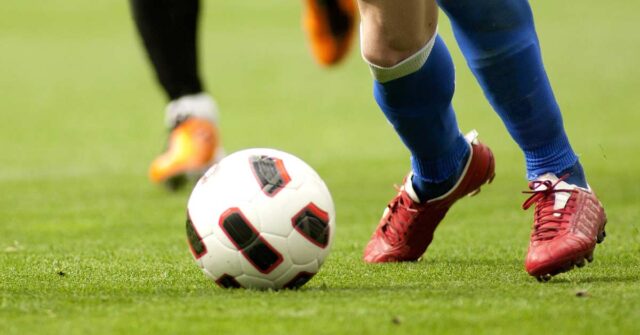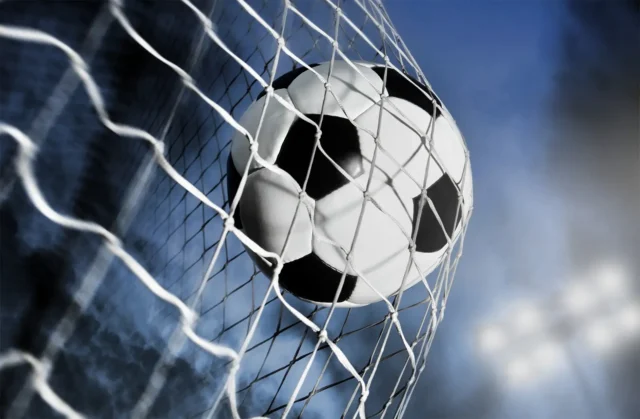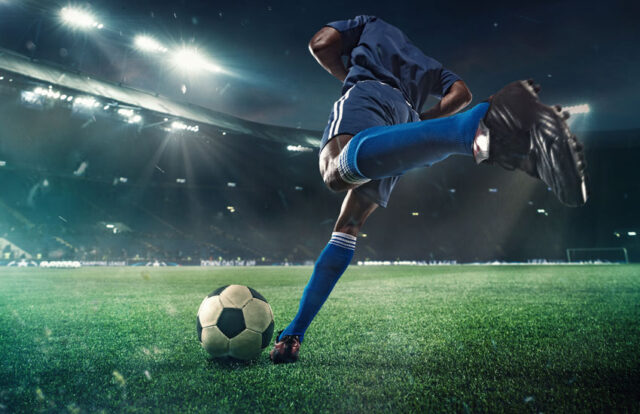
Did you know that there are 3.5 billion soccer fans worldwide and an estimated 250 million players in 200 countries? Though this isn’t apparent in the United States, virtually all continents list soccer as the top favorite sport ever.
It isn’t surprising that many dream of becoming a soccer player in one of the Major League Soccer in the United States. So, suppose you’re not just a fan and want to be part of this world’s favorite sport. In that case, you need to know what skills you need to play, what training you need to undergo, and the necessary skills you need to become a soccer player.
Soccer requires skills like coordination, stamina, speed, agility, and solid knee and leg strength. Read this article to know more about how the knees and legs work and common injuries of these body parts.
Soccer is also a speed and stamina-intensive game as you’d be running across a 131 x 87-yard field again and again in the span of 90 minutes.
Aside from the field’s length, you are also confronted by an equally competitive, agile, and aggressive opponent that aims to win the game. If you’re not ready to overcome the pressure, you won’t get far in soccer.
This article will give you an insight and overview of the routine you need to do if you plan to play soccer, a list of skills you need to acquire or improve to be good, and an assessment of whether soccer is the game for you. So, if you love soccer and play this game, this article is for you.

Training Routine of Soccer Players
Like any other sport, soccer requires athletes to undergo a training routine or program to ensure their fitness and improve their athletic performance. Here are some essential training routines a soccer player goes through to remain fit for the game.
The first things you need to improve are knee and leg strength, speed, and stamina. Here are some basic training techniques that you can do:
- Train by running on a treadmill.
- Train by running in an open space to build stamina and strength. Premier League players improve their stamina and maximum oxygen intake through training.
- Always make sprints followed by jogging.
- Perform four minutes of tempo run and jogging.
- Add footwork exercises while sprinting.
- Do fast runs in short bursts.
- Use weighted sled pulls and do five rounds of 50-meter pulls.
- Make parachute sprints to increase leg strength.
The next aspect of training is to develop core stability. The impact of core strength allows athletes to move fast and quickly change directions. Also, a strong core helps you engage in tackles. The core muscles serve as the base for posture, power, coordination, and endurance, reducing the risk of injuries.
What Skills Do You Need to Play for Soccer?
When you’re serious about playing soccer, you need to develop the skills you need in the game. The following are some of the essential skills that you must improve on if you want to be a good soccer player.
- Passing and receiving – In soccer, this is a crucial skill that needs to be improved. If you don’t know how to pass or receive the ball in the game, you’ll not be able to play. This skill needs eye-foot coordination.
- Dribbling – In soccer, dribbling the ball is to control the ball with both feet skillfully. A good dribbler can easily maneuver despite the presence of opponents.
- Trapping – This skill is a type of receiving, but you do it while stationary and not moving.
- Precision – This skill is the ability to direct the ball to the intended target through passing or shooting. Without precision, you won’t be able to play efficiently in the field.
- Shooting – Proper kicking of the ball to score a goal needs power, precision, and coordination.

Is Playing Soccer Hard?
Compared to other popular sports in the U.S., soccer is relatively easy. Baseball and basketball require more coordination to shoot through a hoop and hit a ball with a bat. At the same time, American football needs a lot of strength in tackling.
In soccer, you just need a goalpost, a few friends, and a wide-open area to play, and you have a game. Recreational soccer playing is fun and easy. However, it becomes more challenging if you’re serious about being in the soccer league.
Hard is a subjective word that may or may not apply to everyone. ESPN made a poll asking people what the hardest sport is, and many placed boxing at the top of their list. Soccer, surprisingly, ranks number 10 on the list.
The poll shows that though there are many aspects to consider when playing soccer, it is still relatively easier than other popular sports in the United States. So, to answer if soccer is hard or not? It is up to you and your desire to just play this ball game as a pastime or something you want to be doing professionally.
What are the Benefits of Strength Training for Soccer Players?
Strength training for soccer players can improve their overall strength and conditioning, which can in turn improve their performance on the field. It can also help to prevent injury. Additionally, by improving overall fitness, soccer players can reduce their risk of getting sidelined due to injuries.
One of the most important benefits of strength training for soccer players is that it can help them to increase their speed and agility. It will also help soccer players to maintain better balance and stability while running and jumping. This can lead to improved coordination and faster reaction time on the field. Finally, strength training will help soccer players build lean muscle tissue, which can give them an advantage when it comes to endurance and stamina.

Final words
Strength training is an essential part of a soccer player’s routine, not only to help maintain muscle mass and improve strength and power but also to improve agility, balance, footwork and coordination. It can be done on its own or as part of a Soccer Fitness program that incorporates drills and exercises specific to soccer. Be sure to talk with your sports doctor about what type of strength training is best for you based on your individual goals and abilities.














